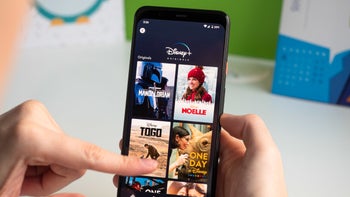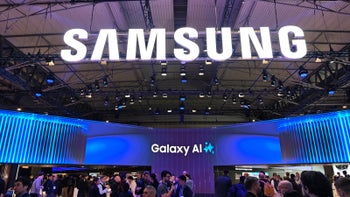Disney+ may close gap with Netflix by 20 million subscribers this year

Ever since Disney+ got off to a strong start in November 2019, you might have noticed Netflix executives wearing more frowns than usual. While Netflix is the top provider of streaming video content on this planet, Disney+ has used its strong slate of Marvel-related programming and original Pixar titles to pick up ground on Netflix. Last week Disney reported that it had 116 million subscribers during the second quarter compared to the consensus expectations of 112.8 million.
For the three months from April through June, 12.4 million new subscribers joined Disney+; compare that with the measly 1.5 million net new subscribers that joined Netflix during the same three-month period. During the previous quarter Netflix added 4 million net new subscribers and expects 3.5 million for the current quarter. If you're wondering if Disney can surpass Netflix at the current rates, let's look at the numbers.
Disney+ picks up ground on Netflix and could cut the latter's lead by 20 million subscribers this year
According to Rosenblatt analyst Mark Zgutowicz, who appeared on CNBC, Disney+ is approximately 90 million subscribers behind Netflix but should pick up 20 million new customers on Netflix this year. If this were to continue, Disney would jump over Netflix in five years.

Disney+ has content for all demographics
Many analysts never expected Disney+ to challenge Netflix as they considered the former to offer content mostly for children unlike the more varied categories of video streams that Netflix offers. The truth, however, is that Disney+ has content for subscribers of all ages from pre-schoolers to adults. The recent Marvel Cinematic Universe (MCU) based mini-series including WandaVision and Loki put up some huge ratings and Disney has already announced that Thor's brother will star in another season of the show.
A couple of Pixar premieres also saw some huge viewership numbers, Soul, and Raya and the Last Dragon.
According to Seeking Alpha, globally Netflix has 209 million paying subscribers with 74 million of these customers living in the U.S. and Canada. Including Hotstar, Disney's high volume but low revenue service in India, Disney+ has 116 million users worldwide. If you add Hulu and ESPN, the grand total for Disney's streaming services amounts to close to 174 million subscribers.
If Netflix and Disney+ are considered numbers one and two when it comes to streaming video content, HBO Max might be a legitimate third place challenger. It has 67.5 million global subscribers with 47 million of them in the states. It also outperformed Netflix in Q2 by adding 3.6 million global subscribers and 2.8 million in the U.S. It's ARPU weighs in at $11.90.
Disney+ has average revenue per user (ARPU) of $4.16 worldwide compared to $14.54 for Netflix in the states
One area where Netflix holds a huge lead over Disney+ is with the average revenue per user (ARPU). In the U.S. Netflix garners $14.54 per subscriber compared to the measly global ARPU of $4.16 that Disney+ has been collecting. That figure has been hit hard by Hotstar's strong growth. Disney CEO Bob Chapek has announced that November 12th will be "Disney+ Day" with the company using cross-promotion to bolster subscription numbers.
Rivals to Disney+ and Netflix include Amazon Prime Video, but the $12.99 monthly cost of the service actually covers the free overnight shipping that Prime members are known to receive with Amazon's streaming video inventory basically a free throw-in. More than 175 million Prime members streamed Amazon's video content over the last year, but you cannot compare the service to Netflix or Disney+.
NBCUniversal's Peacock adds paid subscribers with free users to generate a metric it calls "sign-ups." Thanks to the platform's Olympics coverage, Peacock had 54 million sign-ups, up 12 million on a sequential basis. Viacom/CBS has various streaming services (Paramount+, CBS All Access, Showtime, and other smaller services) that add up to 42 million subscribers. That is up 6.1 million subscribers sequentially for a 17% quarter vs. quarter hike.










Things that are NOT allowed: